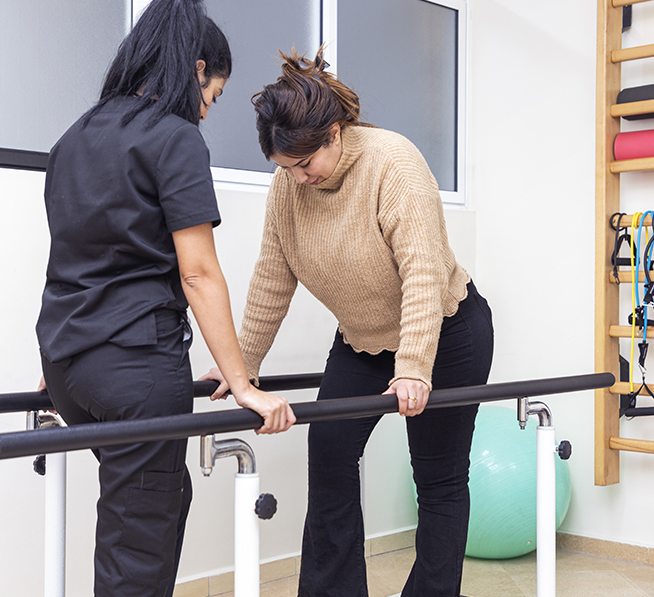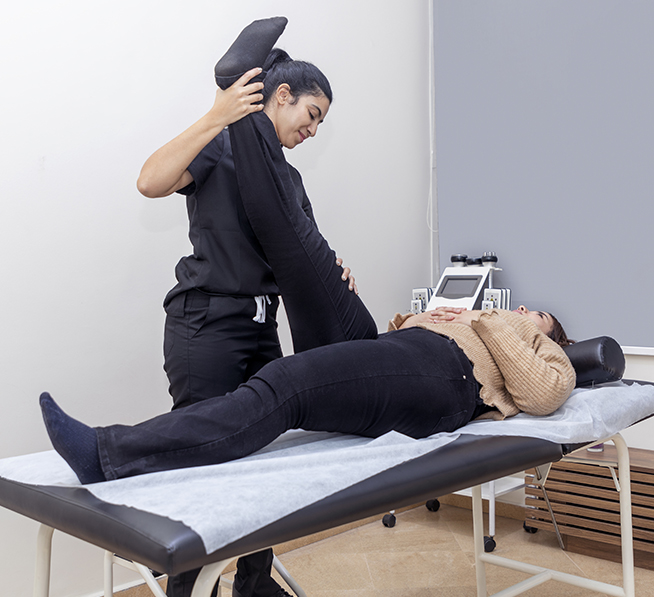Rehabilitation sessions in Agadir
Following an injury, accident or operation, or to treat persistent pain, your doctor recommends rehabilitation sessions with a physiotherapist. But what does this phase of your treatment actually consist of? What is its importance and what are the desired benefits?

How do the rehabilitation sessions take place?

What are the advantages and benefits of rehabilitation?
rehabilitation is of crucial importance for those who find themselves temporarily or permanently unable to perform certain gestures and activities. The benefits and objectives of rehabilitation vary according to individuals and pathologies, but several major advantages are universally recognized:
– Reduction of pain and other symptoms
– Improved autonomy
– Better social, family and professional integration. Chronic pain and disabilities have a significant impact on quality of life, and the role of the rehabilitator is to help patients adapt to return to their activities safely.
Rehabilitation also plays a preventive role, aiming to prevent recurrences while promoting healing. For example, the exercises performed during rehabilitation before and after an operation aim to strengthen the muscles and prevent complications.
In pre-operative and post-operative, rehabilitation aims at specific objectives such as reduction of pain in the operated area, muscle strengthening< /strong>, prevention of complications and monitoring of the evolution of the scar. In any case, the role of the physiotherapist is not limited to physical exercises, it also consists of informing, answering questions and advising patients, whether they have undergone surgery or not.